Why Most Chiropractors Don’t Practice Upper Cervical Care—And Why That Matters for Your Health
If you’re just hearing about upper cervical chiropractic, you might be wondering—why haven’t I heard of this before?
Maybe you’ve been to a chiropractor in the past, and the experience was different. Maybe you had your lower back, mid-back, and neck adjusted every time you went in. Maybe it helped for a little while, or maybe it didn’t make much of a difference at all.
So what makes upper cervical chiropractic different? And why don’t all chiropractors practice this way?
To answer that, let’s go back to the beginning of chiropractic care itself.
How Chiropractic Evolved—And Why It Changed Everything
Chiropractic started in the late 1800s and early 1900s as a hands-on approach to healing. In the beginning, chiropractors adjusted everything—the lower back, mid-back, neck, even arms and legs. The idea was simple: if something wasn’t working right, adjust it.
And for some people, it worked. Some got better, some didn’t, and some even got worse.
That raised an important question: what exactly was it about an adjustment that actually helped people heal?
For decades, chiropractors studied the effects of adjustments on different parts of the spine. They wanted to know:
- Why did some patients get better while others didn’t?
- Was adjusting everything necessary, or was there a more precise way?
- How could we make results more predictable instead of just hoping for the best?
By the 1930s to 1950s, research started pointing to one area of the body as the key to long-term healing—the upper cervical spine, the top two bones in the neck.
Why I Focus on the Upper Neck—And Why It Matters More Than You Think
The upper cervical spine—specifically, the atlas (C1) and axis (C2)—does more than just hold up your head. These bones protect the brainstem, the part of the nervous system that controls nearly every function in your body.
If these bones shift out of alignment, even slightly, they can create interference in the nervous system and lead to widespread problems throughout the body, including:
- Disrupted blood flow to the brain
- Increased nerve sensitivity, making pain worse
- Tension and stiffness in the neck and shoulders
- Imbalances in the autonomic nervous system, which controls digestion, sleep, and healing
A misalignment in the upper neck can cause full-body dysfunction—even if you don’t have neck pain.
The Breakthrough That Changed Chiropractic Care
Over time, chiropractors researching upper cervical care made a discovery:
Adjusting the upper neck at the right time—and only when needed—led to longer-lasting results.
They saw that when an upper cervical misalignment was corrected precisely, the body could hold that correction and heal itself. But if a chiropractor adjusted too often or in the wrong place, it could actually slow healing.
That’s why upper cervical chiropractors developed a method to measure when an adjustment is needed—instead of just adjusting at every visit.
The key to knowing when to adjust and when to leave the body alone is measuring nervous system function, which is where infrared thermography comes in.
Why Most Chiropractors Don’t Practice Upper Cervical Care
By the 1950s, the chiropractors leading upper cervical research had their answer. They shared their findings with the profession and said:
- Adjusting the upper neck is the key to getting the sickest patients well.
- We now have a scientific way to determine when to adjust and when to let the body heal.
- This method requires specialized technology, including infrared thermography and precise X-rays.
But there was a problem.
In order to practice upper cervical care, chiropractors had to completely change their business model.
- They couldn’t adjust every patient at every visit.
- They needed the right technology to measure nervous system function.
- They had to educate patients about why they wouldn’t always get adjusted.
And many chiropractors didn’t want to change their practice. Some were satisfied with the results they were already getting. Others didn’t want to invest in the technology. And many were more comfortable helping patients manage symptoms rather than focusing on long-term correction.
Because of this, upper cervical chiropractic remained a specialty, practiced by a small percentage of chiropractors who were committed to this scientific, results-driven approach.
Upper Cervical Care Is a Specialty—Just Like in Medicine
In the medical world, not every doctor is a general practitioner. There are specialists—neurologists, cardiologists, orthopedic surgeons—who focus on specific areas of health and only treat certain types of cases.
Upper cervical chiropractic works the same way.
Most chiropractors are general chiropractors. They adjust multiple areas of the spine, usually every visit, and see a wide variety of cases.
But upper cervical chiropractors are specialists. I focus exclusively on the upper neck and only adjust when necessary—based on objective measurements of the nervous system.
Not everyone who walks into my office becomes a patient. I look for a specific type of misalignment that is affecting nervous system function. If it’s not there, I don’t adjust.
That’s why not every chiropractic office offers upper cervical care.
What This Means for You
If you’ve been searching for answers—if you’ve seen multiple doctors, tried different treatments, and still don’t feel like yourself—you might have an upper cervical misalignment that no one has checked for.
Unlike traditional chiropractic, which often focuses on frequent adjustments, upper cervical care is about making the right correction at the right time and allowing your body to heal naturally.
If this approach makes sense to you, let’s talk. The first step is a consultation where we’ll review your health history, assess your nervous system function, and determine if an upper cervical misalignment is the missing piece in your recovery.
Healing isn’t about getting adjusted over and over—it’s about removing interference so your body can heal itself.

